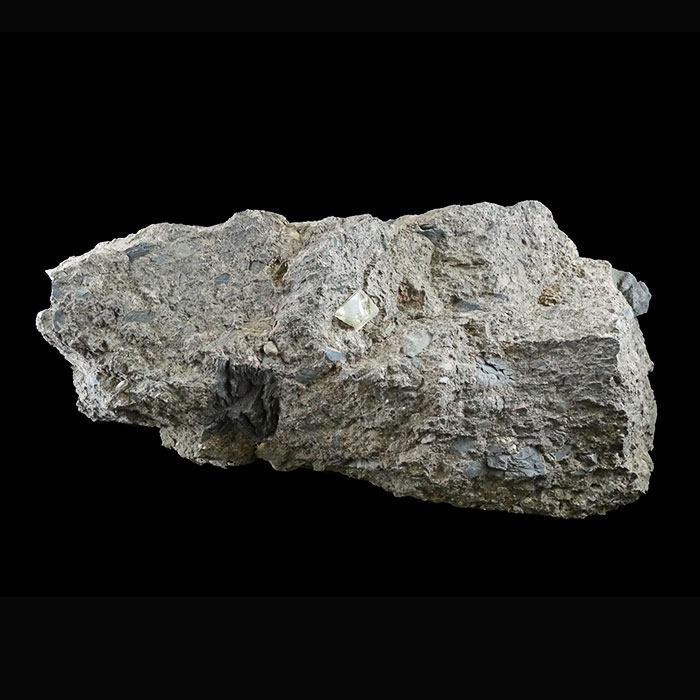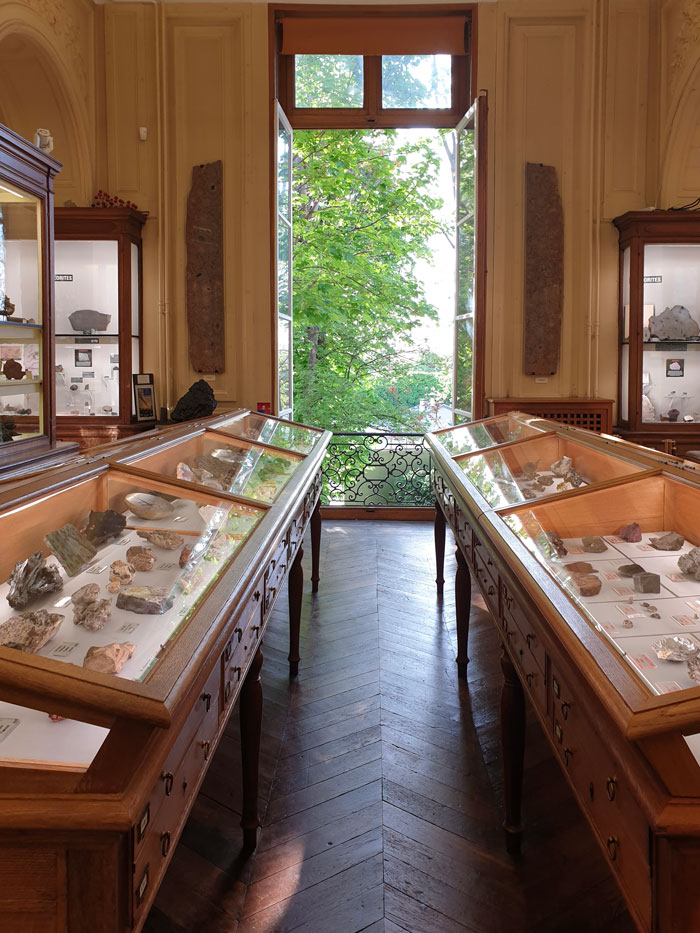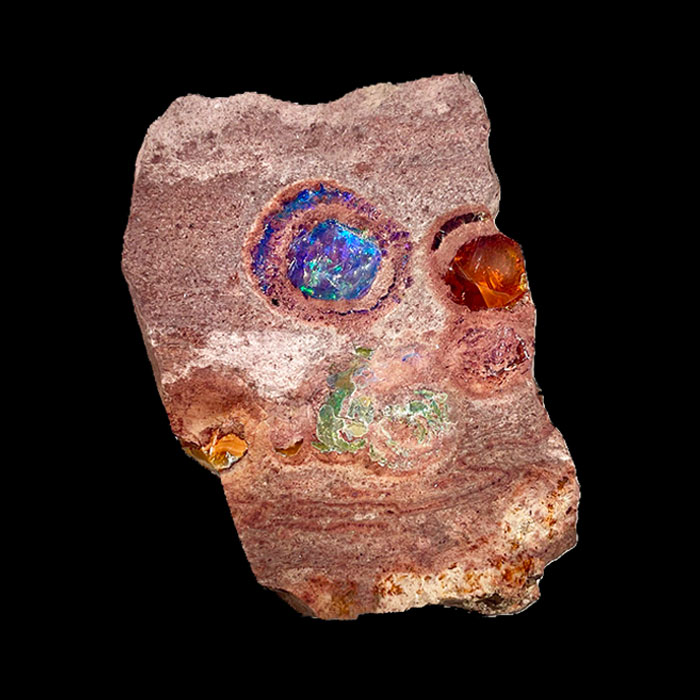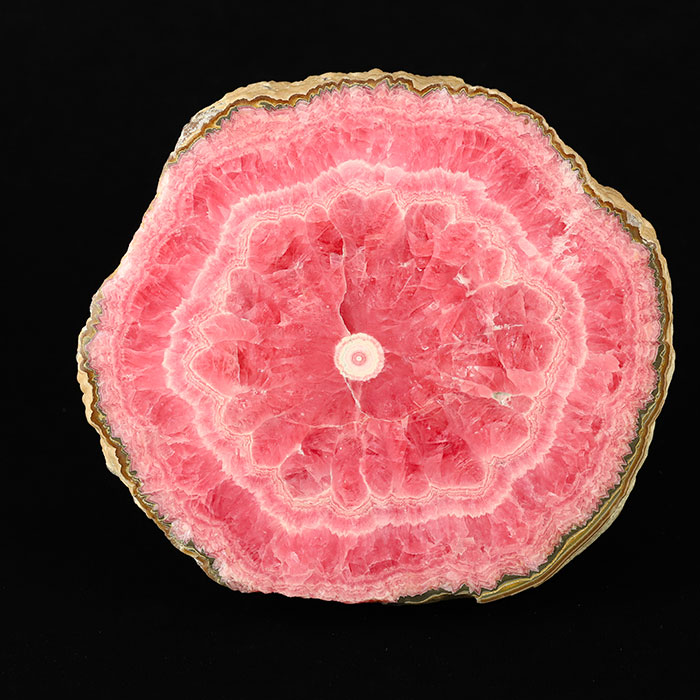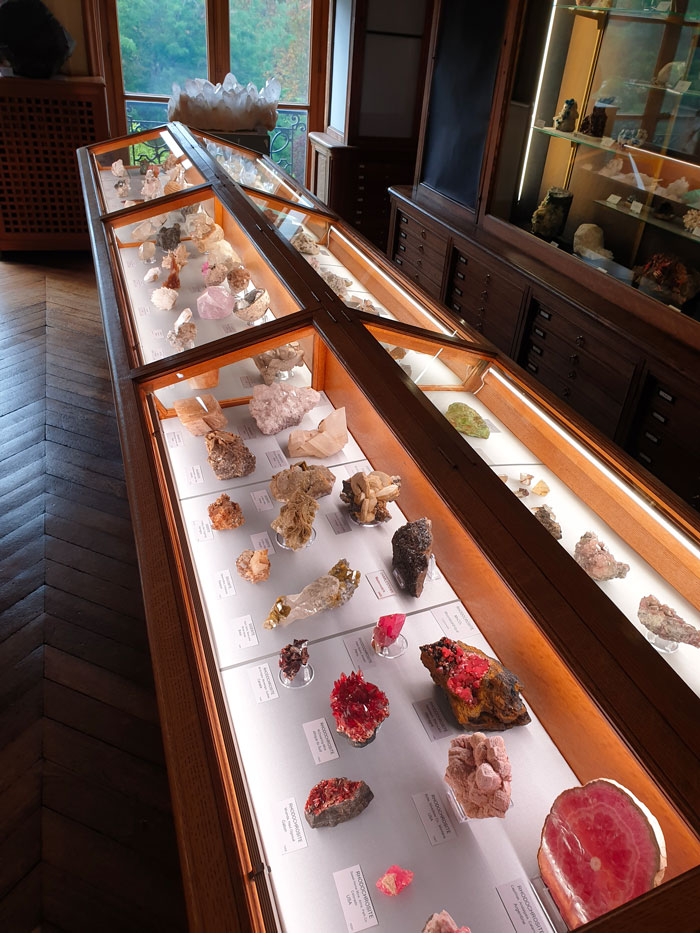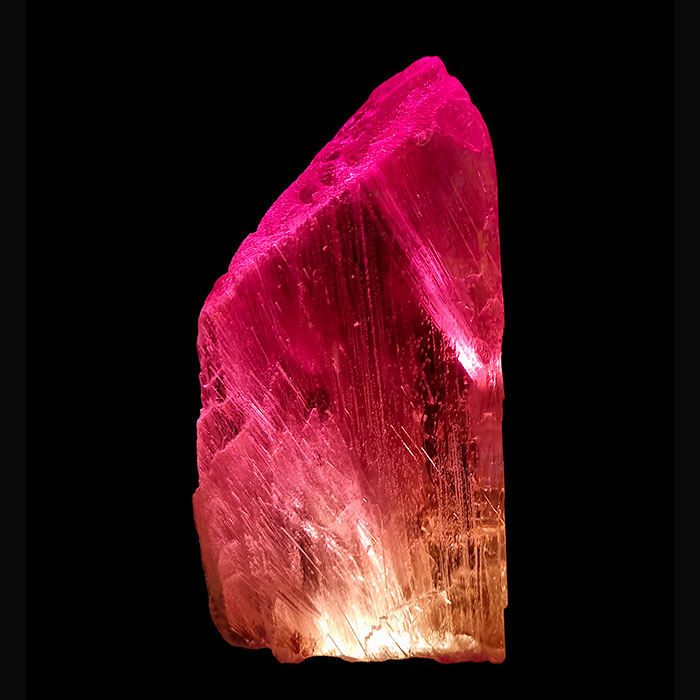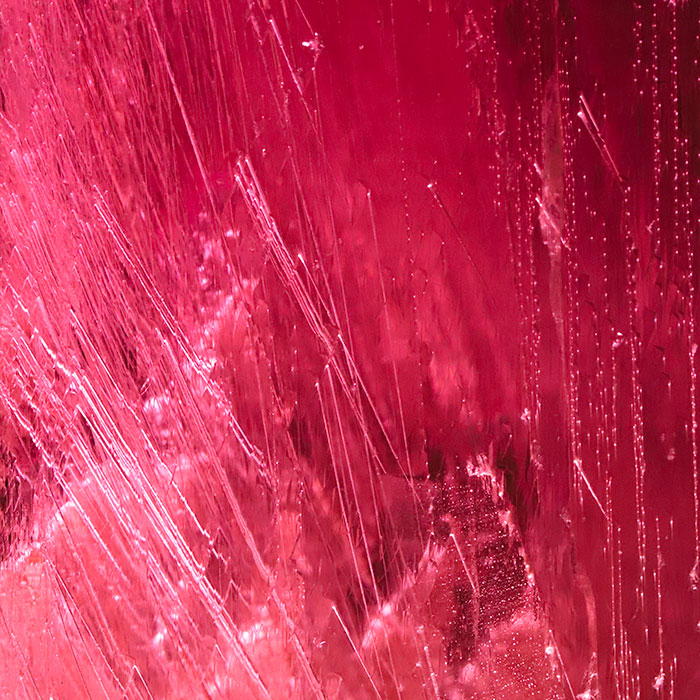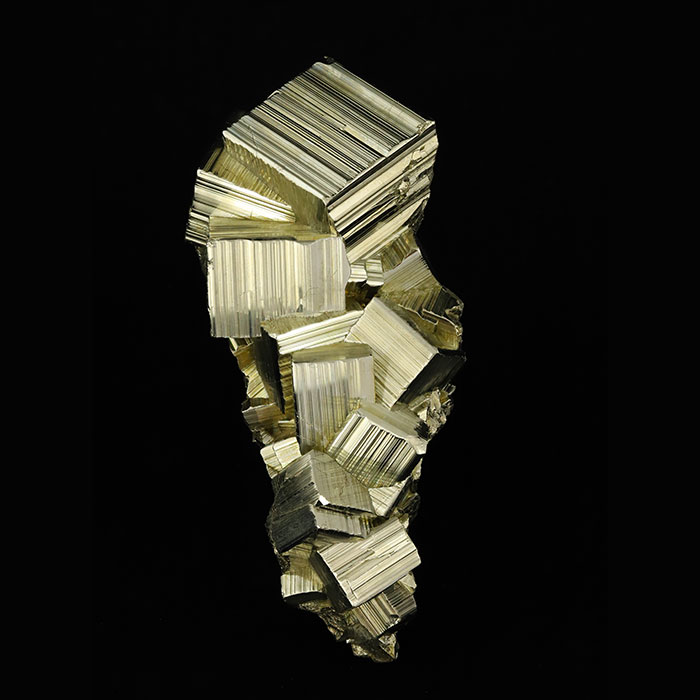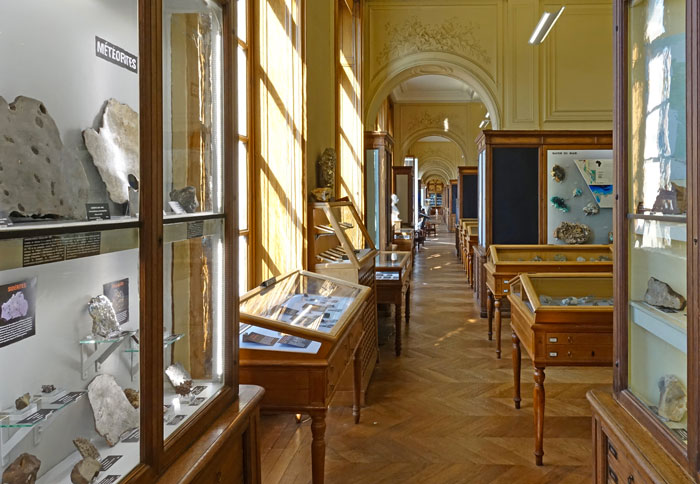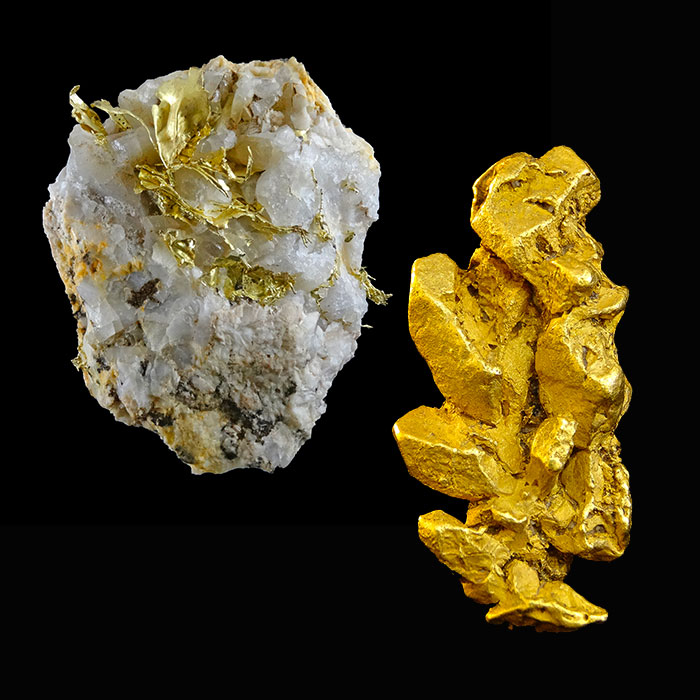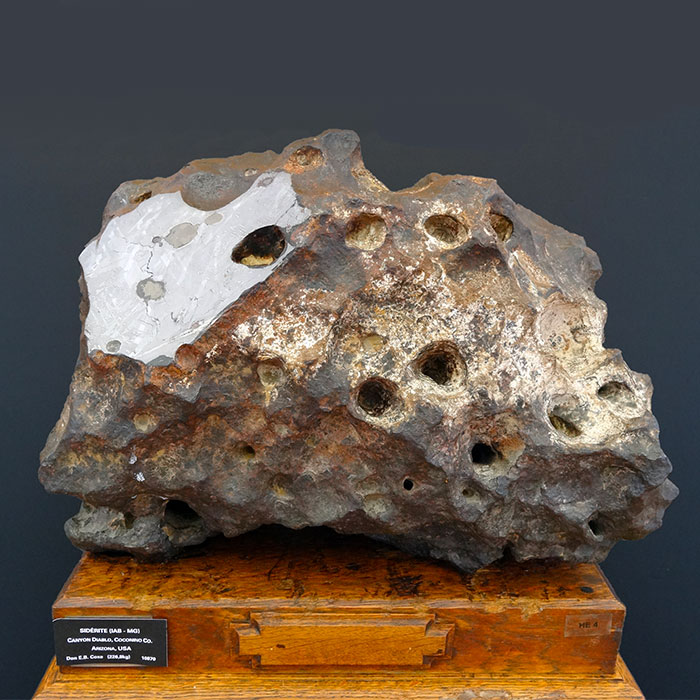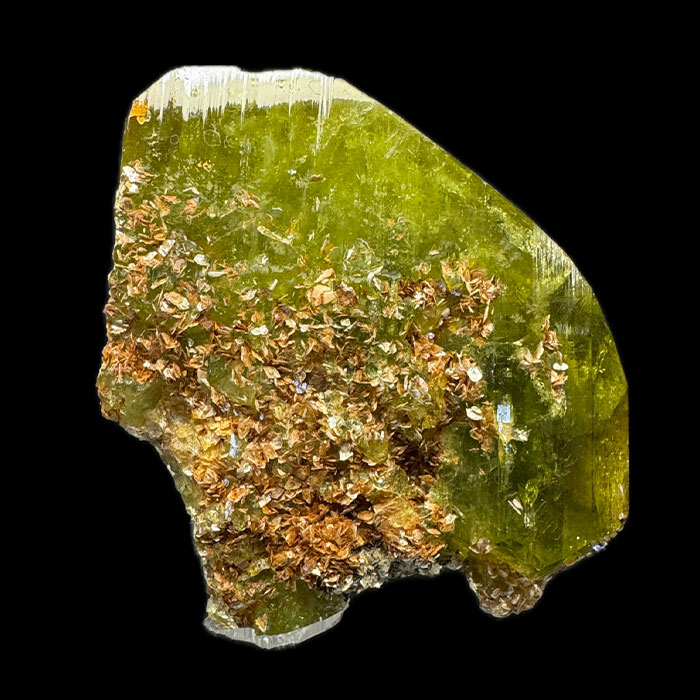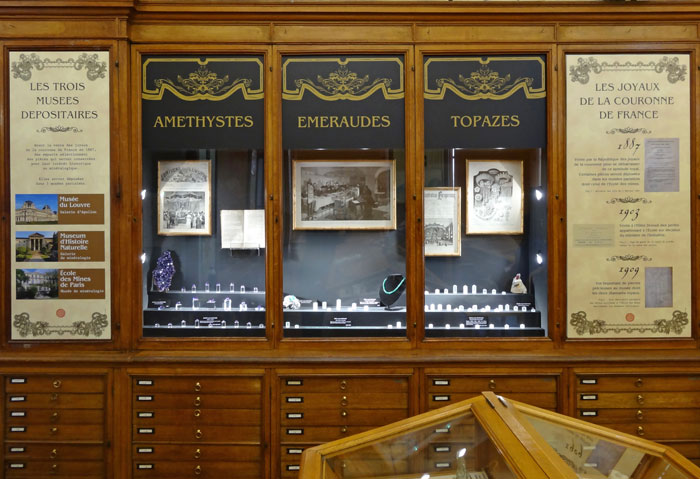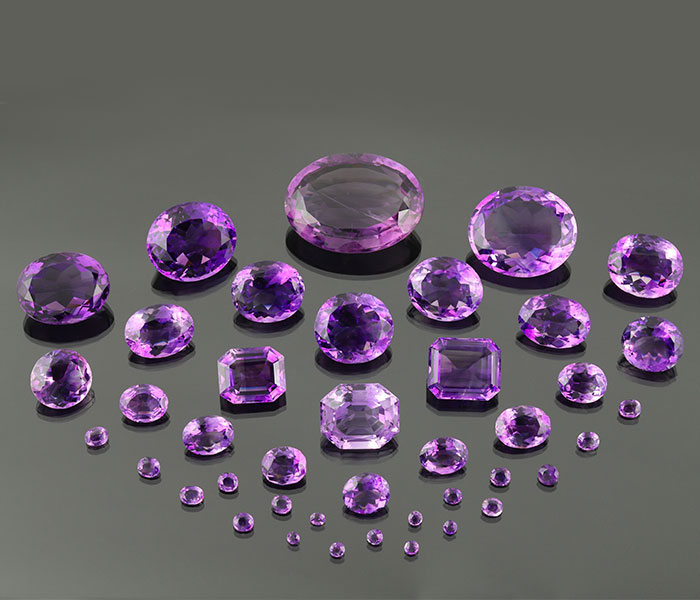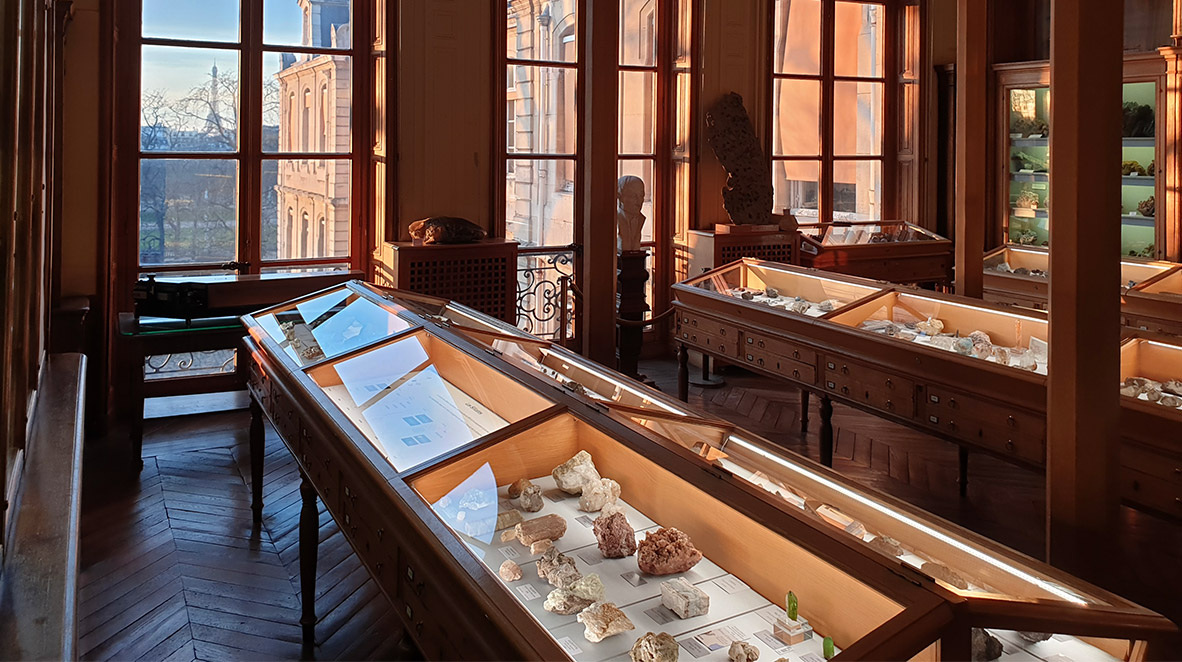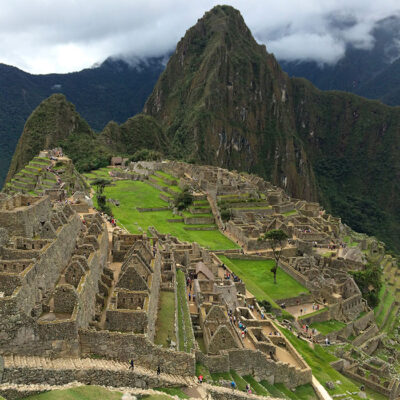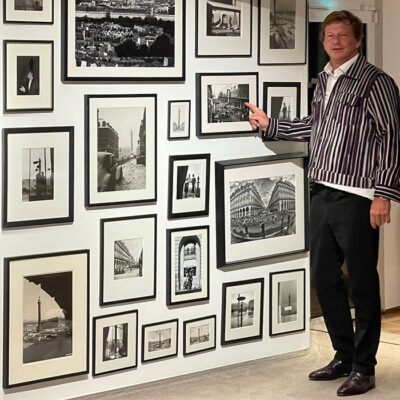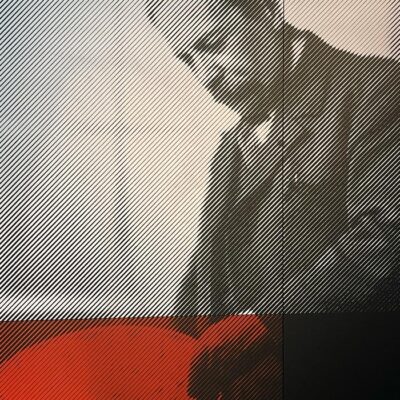Jewelers routes
02 July 2024
Share
10 must-see stones at the Mineralogy Museum of Mines Paris – PSL
This charming museum of mineralogy was created at the end of the 18th century by scientists from the École des Mines. Today, it also delights aesthetes and jewelry enthusiasts, as in the case of these 10 crystals in the rough.
By Sandrine Merle.
1/ The diamond in its kimberlite gangue
This sample, one of the most precious, is a slightly yellowish diamond with an almost perfect octahedral shape. Another interesting feature from the mineralogist’s point of view is that it is trapped in its gangue of kimberlite, the volcanic rock that allowed it to reach the Earth’s surface. “It was discovered at the Premier Mine between 1871 and 1914, when mining was still carried out with pickaxes. Today, the use of explosives makes it impossible to extract similar materials,” explains Éloïse Gaillou, the museum’s director. As kimberlite is very brittle, the sample never leaves its display case.
2/ Opal
These opal notules in different colors would make wonderful jewelry! But don’t touch this beautiful sample with its face-like appearance. “In Mexico, when volcanoes erupted, siliceous lava formed ashes that were thrown into the atmosphere. As they fell back to Earth, they agglomerated into rhyolite, full of gas bubbles. Water got in and then, as it evaporated, precipitated the opal. The fragility of opal was so feared by lapidaries that, for a long time, they accused it of bringing bad luck… The less they cut, the better!
3/ Rhodochrosite
For the scientist, this piece has immense market value, due to its perfect rhombohedral crystallization and a sublime red color (typical of South Africa) that is extremely rare in mineralogy. On the other hand, jewelers use it little, if at all, for lack of quantity. It is also very fragile. Watchmakers sometimes use Mexican stones for dials.
4/ Kunzite
Kunzite and lithium are inextricably linked. Kunzite is the pink variety of spodumene, which (like brine or lepidolite) contains this chemical element essential to the manufacture of electric batteries. To date, kunzite has been little used in jewelry.
5/ Pyrite
This raw pyrite crystal is a metallic beauty, a true work of art, a perfect stack of shapes derived from the cube. It’s hard to believe that the Earth can produce such marvels… Yet jewelers never use it: it degrades easily and, in the process, releases sulfuric acid. Not great for the wearer!
6/ Calcite
Perfectly crystallized, this cut calcite is rare. With its infinite variety of shapes and colors, it is one of the mineralogist’s favorite stones. It doubles the beam of light, with a brilliance surpassing that of diamonds. It’s extremely fragile and “requires a lapidary who only cuts stones that can’t be cut,” jokes Éloïse Gaillou.
7/ Gold
Gold automatically makes you think of nuggets. Mineralogists, on the other hand, prefer gold in geometrically-shaped crystals, before they have been softened by river water. One sublime sample also shows gold crystallized between the rock’s quartz grains.
8/ The Canyon Diablo meteorite
This meteorite is one of the few samples in the museum you can touch. Its 226.80 kg (composed of iron and nickel) are the heart of an ancient planet formed at the beginning of the solar system, 4.56 billion years ago… It fell to Earth some 50,000 years ago but was only discovered in the 1890s. A slice reveals microdiamonds inside: graphite transformed by the violence of the impact, which released an energy equivalent to 1,700 kilotons of TNT, or 133 Hiroshima bombs. Only a handful of designers (including Thierry Vendome) can transform this mineral into sublime jewelry.
9/ Brazilianite
This well-crystalized, translucent, olive-green to chartreuse-green mineral was discovered in Brazil in 1942. Initially mistaken for chrysoberyl, it was later identified as a new phosphate. The museum owns two fine examples, including this one. Due to its relatively softness, it does not lend itself to jewelry creations.
10/ Marie-Louise’s amethysts
Among the rare cut and faceted stones on display in this museum of mineralogy , these amethysts come from a set (numbering 235) made by Nitot for the Empress Marie-Louise. They were donated to the École des Mines at the sale of the Crown Jewels in 1887. Alongside them, admire the drawing of one of the jewels in this set (the diadem) discovered by Chaumet (formerly Nitot) in its archives.
In partnership with L’École, School of Jewelry Arts as part of the “Jewelry Collections of the World”.
To learn more, Raw beauty at the Mineralogy Museum of Mines Paris – PSLI
And visit the Museum’s collection at L’ÉCOLE Asia Pacific – Exhibition “Journey with Minerals” in Hong Kong – From 20 July 2024 to 31 October 2024
Related articles:
The Lalique museum, the artist’s glass universe
The collection of the Mineralogy Museum of the École des Mines


